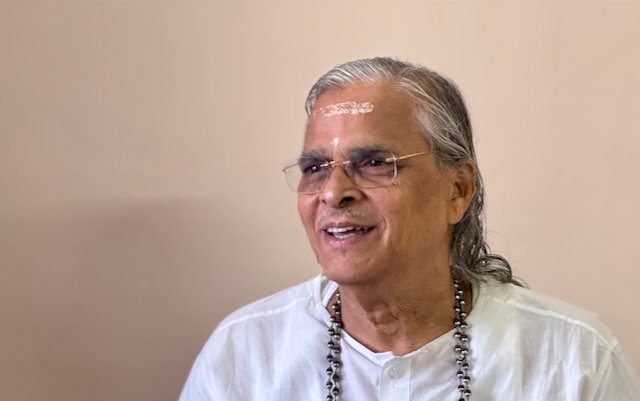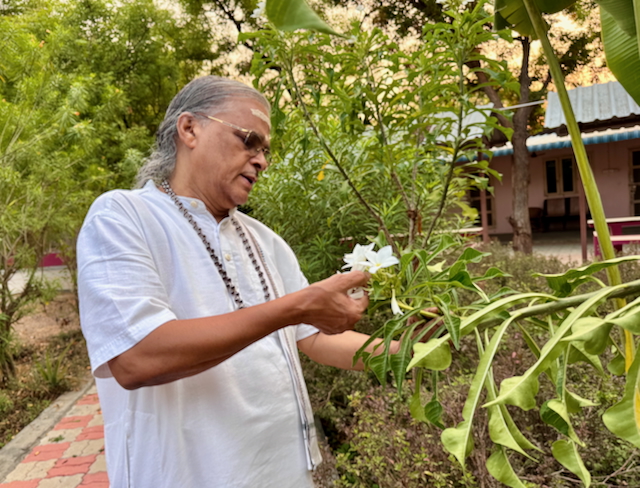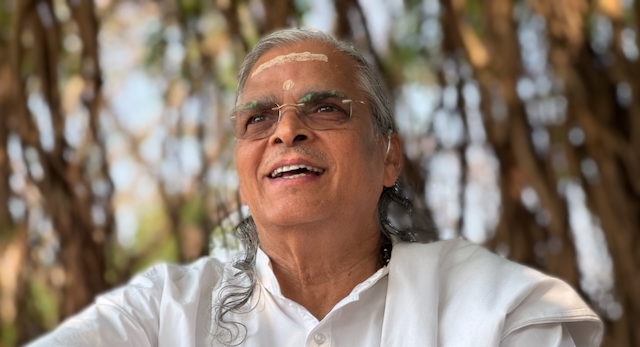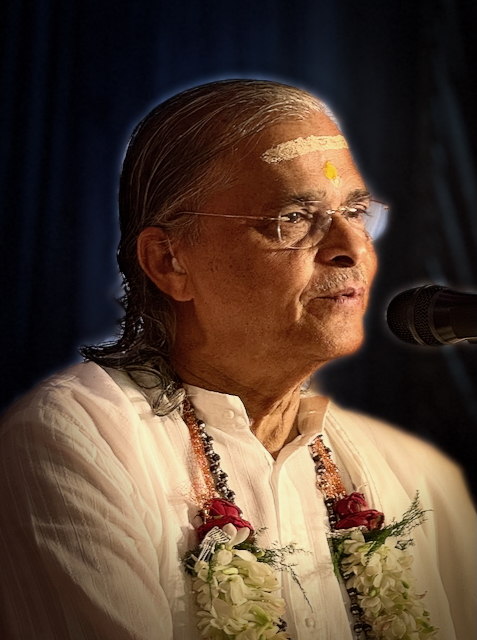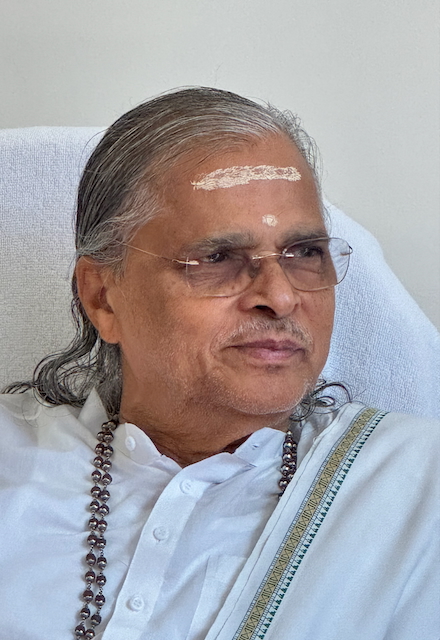Omm Namo Bhagavate
As you may know, Swamiji’s vision is to continue performing Brahmakunda Yajnas 365 days per year to restore elemental harmony, leading to global peace and prosperity.
One of the challenges in this work is manpower. To ensure the ongoing availability of specially trained Brahmin priests that are proficient in the proper chanting of each of the four Vedas and have expertise in the Yajna procedures, the Veda Vidya Gurukulam was founded to educate ongoing generations of Brahmins. Already, one graduate from the first batch of students is now teaching here as a full-fledged Rig Veda Acharya, and participates in the daily Yajna program.
Running a residential gurukulam is costly, especially one with ongoing daily Yajnas and Pujas. For that reason, support is now invited from all awakened beings that have an interest in universal harmony. Anyone that feels capable is welcome to send an offering. Contributions will help pay for Veda instructors, food, accommodations, kitchen staff and other needs.
Simply informing you about this. There are no expectations.
- Contributions from outside India may be sent to the University of Spiritual Research (USR). For details visit: usronline.net/donations
- For contributions from within India, please write to USR at usronline.net/contact
- Please do not send any funds directly to Swamiji for this purpose.
For those that haven’t yet had the opportunity to sponsor a Brahmakunda Yajna, that opportunity is also available. Feel free to share this message with those whom you feel may be interested.


